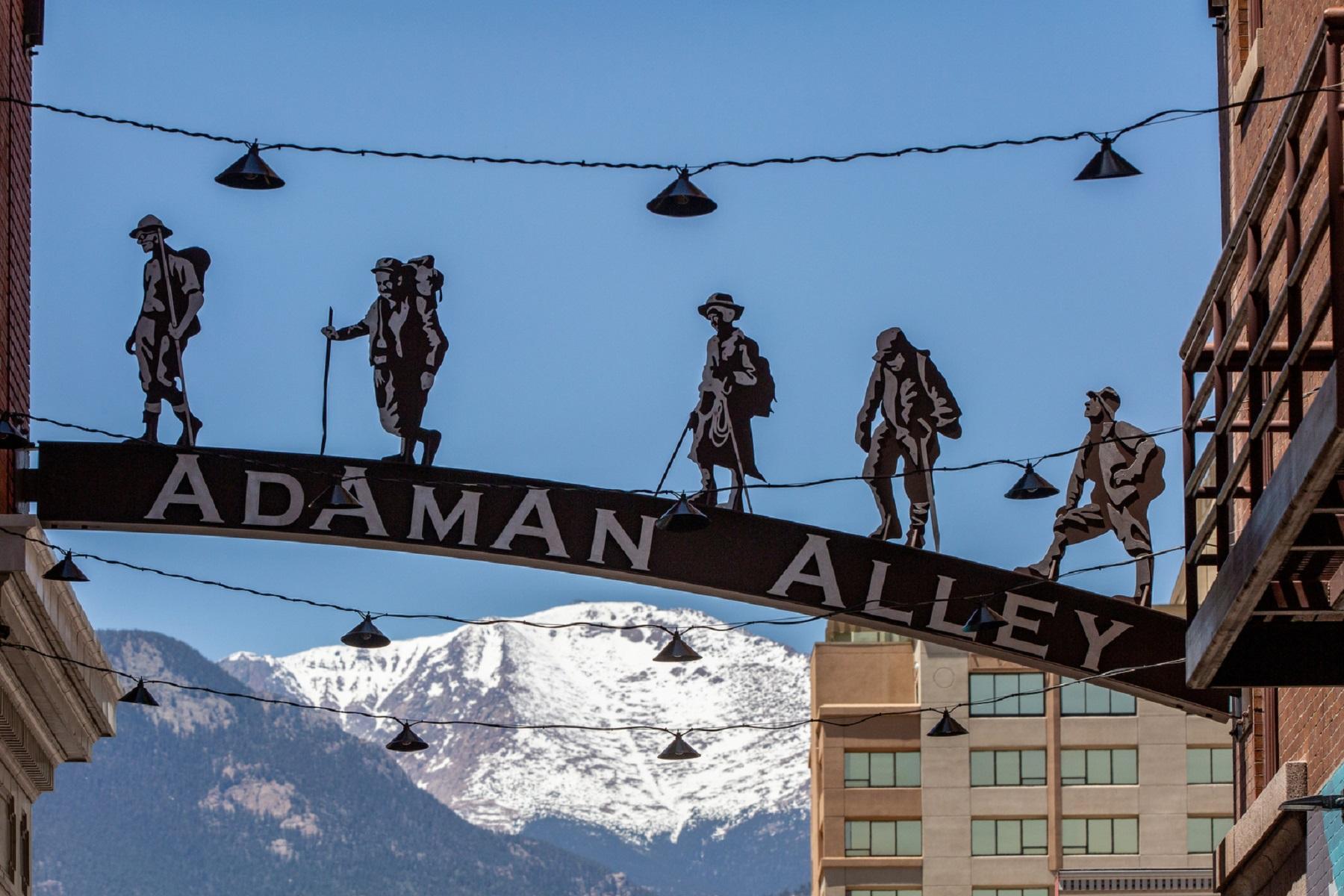 When the floods hit last year, Colorado Public Radio News did what many news organizations did to tell the story: it turned to social media. That included “Colorado Matters." Reporter/producer Lesley McClurg used Facebook to find a tale that had to be told: the harrowing experiences of the Frisby family in the Boulder area.
When the floods hit last year, Colorado Public Radio News did what many news organizations did to tell the story: it turned to social media. That included “Colorado Matters." Reporter/producer Lesley McClurg used Facebook to find a tale that had to be told: the harrowing experiences of the Frisby family in the Boulder area.
Darrin Harris Frisby told the story of his parents, Dan and Pam Frisby, whose mountainside home was hit by a rockslide caused by gushing waters. His dad was trapped.
“The whole mountainside let loose probably 150 vertical feet and 50 feet wide came barreling down the mountain,” Darrin Harris Frisby told McClurg last year. “He heard it from down in the basement, dove underneath a desk.
"At that point, the rocks hit the house, ripped off a bathroom on the north side, and knocked a 5,000-square-foot house off of its foundation. It flew 10 feet forward and collapsed the entire lower level that he was in.”
Darrin Harris Frisby was thankful that his parents emerged without any serious injuries.
Social media hasn’t just changed the way reporters find the news. Technology has turned ordinary people into reporters at times, and that's changing the roles of others who traditionally disseminate information.
These trends are capturing the attention of researchers like Leysia Palen, an associate professor of computer science at the University of Colorado in Boulder who has been sifting through scores of tweets and posts to learn how social media connects people, including Coloradans during last September's floods.
Palen and other researchers with PROJECT EPIC, a CU Boulder/University of California Irvine collaboration that studies how technology is useful during and after emergencies, found that people increasingly want instant information and turn to social networks to get it, including government-run pages.
"When there's uncertainty with a situation, people look to fill in the blanks," Palen says.
In other words, they turn to whatever information is available, and the proliferation of smart phones in recent years -- even into the hands of children -- has led to higher expectations that hyper-local information will be available. Sometimes it is. Sometimes it has to be created.
Click to see flood recovery photos:
While television and radio news coverage of the 2013 floods in Colroado was constant, authorities in Jefferson County, just west of Denver, found it lacking. They felt their region wasn’t getting as much attention as Boulder and Larimer counties. So emergency managers there declared, “We are our own media,” according to a paper Palen co-authored.
The county gave some staff a new role -- public information officers acted as "journalists who reported their stories on the blog and shared the photos in albums on Facebook,” the report said. “This type of embedded reporting is becoming increasingly common during emergency response.”
Another reason citizens are turning more to social media is that emergency responders are not always forthcoming. In emergencies, first responders like firefighters and sheriffs set up incident command systems, a top-down, military-like model where rescuers and others on the ground can't immediately share timely information. They must either seek permission to share it or pass it up the chain of command to share at a later time.
The old system of official press conferences to news reporters may be a model that still works for fires, for instance, if people have already evacuated and are safe, Palen says. But the model does not necessarily work during floods when people are looking for timely information about things like road or bridge closures, and whether to stay put on their particular block or make a run for it.
Researchers have also noted a rise in networks created to help others during emergencies. In Colorado, for instance, a rancher’s horses were evacuated when equine lovers rallied on Facebook.
And, in the aftermath of floods, YouTube videos provided information to planners that was previously unavailable -- images of exactly when flood waters rushed through, causing damage. That kind of information, which comes before crews come in and make emergency fixes, allows experts, like engineers, to look at how exactly structures failed, and to see if improvements can be made when they’re eventually re-built.








